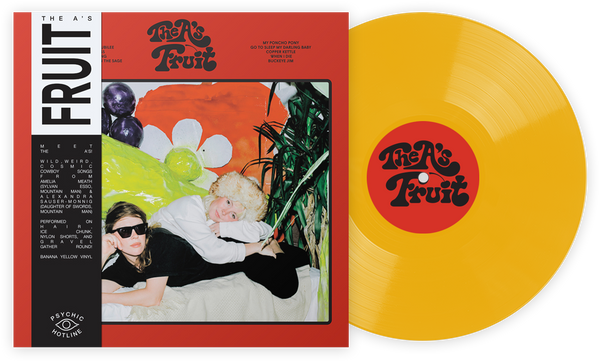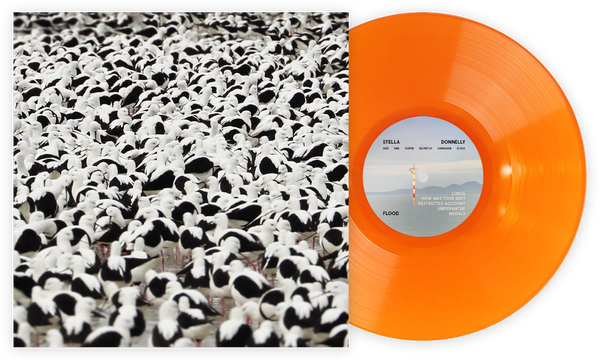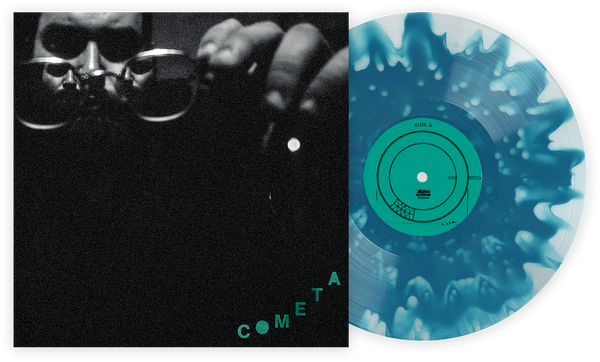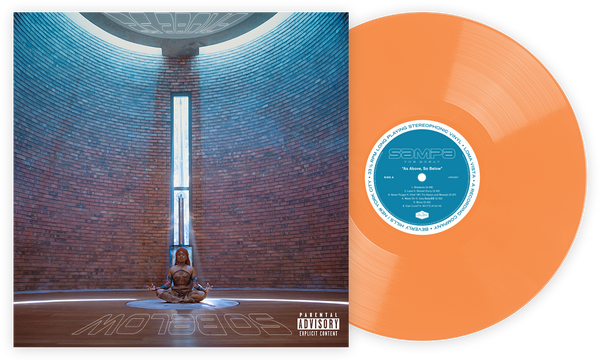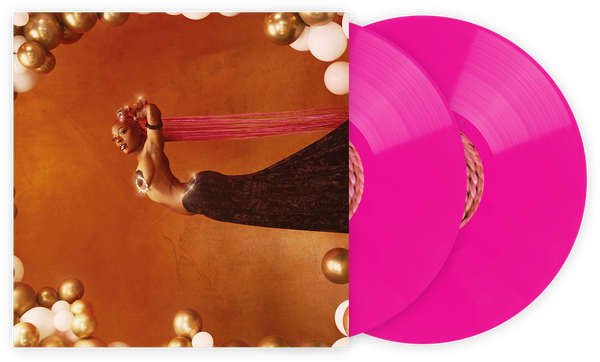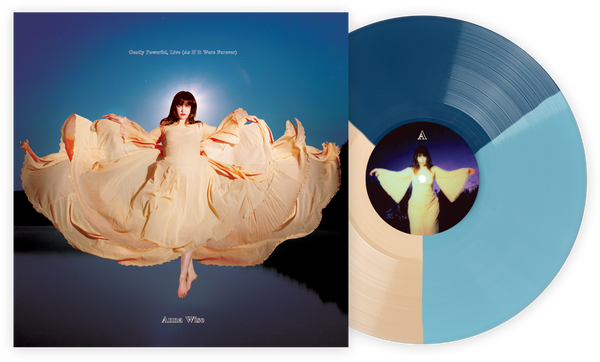如果你决定通过浏览一个唱针制造商的网站来消磨慢时光(尽管你可以随意评价我这么做,但你自己的浏览历史可能会讲述你生活中一些不那么活跃时刻的故事),你可能会注意到一些奇怪的事情。许多公司会制造看起来完全相同的两个(有时甚至更多)唱针,唯一的区别在于唱针的形状——那个坐在唱片沟槽中的微小钻石,它开始将沟槽转换为音频信号,因此它们的价格也不同。这些价格差异也不小。改变唱针的轮廓常常会几乎让唱针的价格翻倍。
那么为什么这些差别如此重要呢?从黑胶唱片的标准来看,这个答案相对简单,不过在某些背景下会更清晰。首先,什么是唱针?从最基本的层面来看,它是一块经过加工的工业钻石,尖端位于悬臂的末端——它是将所产生的信号传回唱针的物体。本质上,几乎每个唱针(当然有少量例外,但由于它们足够稀少,所以我们现在可以忽略它们)都是基于这些原理工作的。在非常基础的唱针中,唱针通过一个金属杆与悬臂连接,该杆插入悬臂的末端。这种连接方式虽然足够有效,但会增加唱针组件的重量和质量,这并不理想。更复杂的设计会使用所谓的“裸露”唱针,直接固定在悬臂上,从而减少这种质量。
可以可靠运行的最基本的唱针结构是圆锥形的。顾名思义,这是一种呈圆锥形的钻石,均匀地向下收尖,形成一个可以在凹槽中移动的圆形尖端。直到20世纪60年代末,几乎所有制造的唱针都是圆锥形的,至今在许多经济实惠的设计中依然可以找到。圆锥形设计有一些关键优势。它们制造简单,在设置方面也比较宽容。由于唱针从任何角度看都是相同的,唱针在凹槽中的绝对对齐并不是非常重要,因为圆锥的两个“边”无论唱头如何对齐都能通过(不过我不建议对此进行极限测试,因为悬臂设计是为了承受“正面负荷”的,若超出操作范围,会受到很大压力)。
圆锥形唱针的缺点是,唱针与唱片接触的面积相对较小,这减少了从凹槽中提取的信息量。因此,所有对圆锥形唱针的改进都旨在增加唱针与凹槽接触的面积,并更接近最初切割凹槽的切割头。通过精细设计,一些唱针还减少了唱针的质量并缩小了整体轮廓,这有助于其更深地固定在唱片的凹槽中,从而捕捉到更精细的细节。
合乎逻辑,最简单的方法是将圆锥拉长成椭圆形。结果就是一个椭圆形唱针。这通常是制造商线上从圆锥形唱针升级的第一个级别轮廓,同时它也通常标志着唱针几乎肯定是裸针设计。同样,椭圆形唱针也代表了最后一种非特定形状的唱针设计。虽然椭圆形唱针的专利归Grado所有,但不同品牌的椭圆形唱针外形会有所不同。
在此之后,您可能遇到的每种唱针都可以归类为“线接触”,但同样可能有其自己特定的名称。其中一种在20世纪60年代末出现的设计是“Shibata”型唱针,以其发明者日本的志端昇(Norio Shibata)命名。Shibata,以及所有其他线接触衍生物,能够在椭圆形唱针的末端产生一个更细致的椭圆版本。除了Shibata之外,还有来自Microline、Vital、Gyger和Van den Hul的各种其他版本——但它们都遵循相同的原则,稍微改变形状以修正设计者认为的问题。
那么这些唱针对表现有多重要呢?答案是非常。在所有其他变量不变的情况下,线接触唱针在性能上相比圆锥设计通常会让人感到相当惊讶。在唱片的外部播放表面,凹槽中有许多空间来承载信息,改进可能是微妙的,但随着唱头向唱片中心移动,信息变得更加压缩,这是更好的唱针轮廓开始发挥其价值的地方。那个扩展的接触面能够发现圆锥形唱针根本无法获取的信息。
不过,这有几点注意事项——总是会有这样的问题吧?第一是,唱针轮廓越复杂,制造起来就越复杂且昂贵。一些轮廓如Gyger和Van den Hul通常在600到800美元以下的型号中不会常见,即使是更常见的版本,其价格依然远高于普通的圆锥形唱针轮廓。由于唱头有其他成本变量,在同等高性能唱头上获得高端唱针通常会耗费相当多的金钱。
第二点是,由于唱针的接触点越长,设定它的准确性就变得越加重要。如果圆锥形唱针出现对齐问题,它的形状将部分抵消这一影响。而线接触模型在相同情况下会略微倾斜地在凹槽中拖拽它的轮廓,导致唱头和唱片的磨损,并未能获取实际上可获取的大量信息。如果您要安装这样的设计,很抱歉没有“足够好”这个概念。除非对齐、垂直追踪角度和铅垂(垂直对齐)是正确的,否则您是在浪费金钱。
不过,如果您拥有一个正确对齐的移动磁唱头——无论是出厂对齐,还是因为您阅读了我们的指南并进行了出色的调整——您可以简单地将唱针更换为同一安装唱头主体上的更高质量的示例。这使得设置变得更加简单,并提供了快速且值得的性能提升的潜力。小小的一块工业钻石对您的音乐效果产生的影响,可能看起来很超现实,但一个合适的唱针是您可以做出的最聪明的投资之一。
Ed is a UK based journalist and consultant in the HiFi industry. He has an unhealthy obsession with nineties electronica and is skilled at removing plastic toys from speakers.
